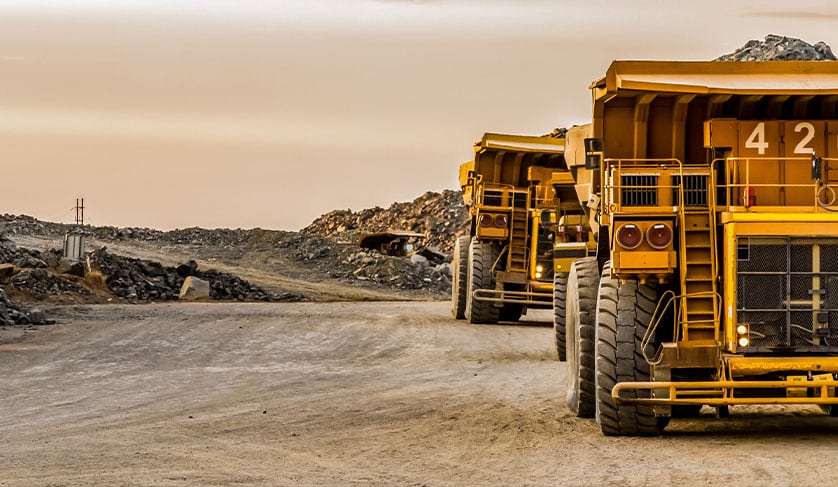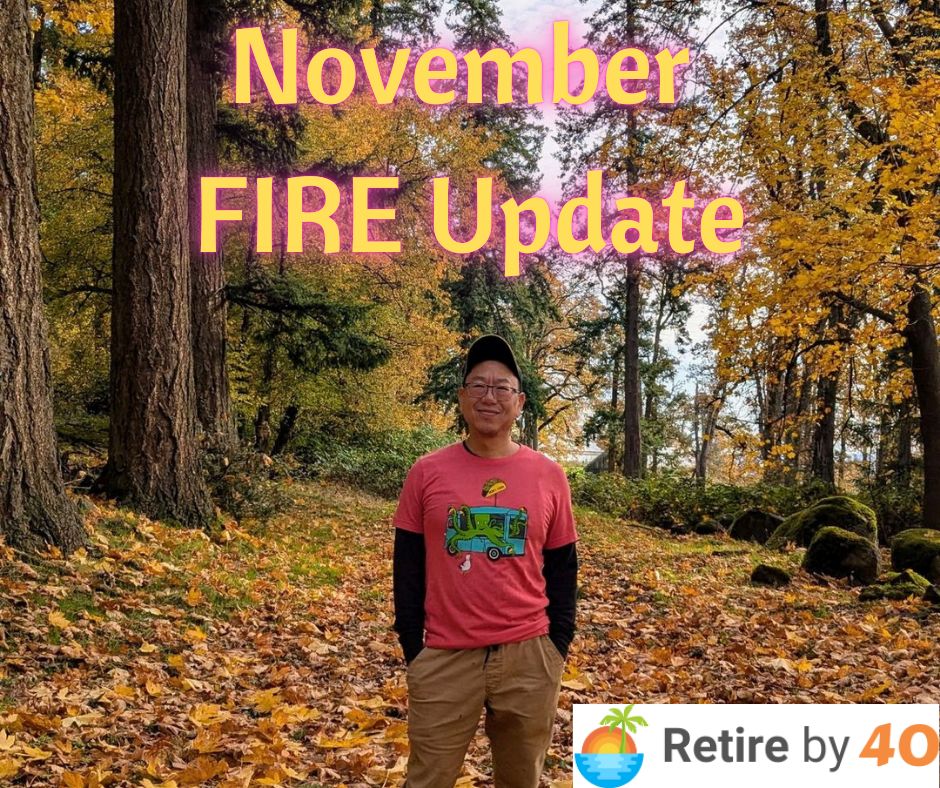Mining is at a crossroads after a year of market volatility and falling commodity prices that continues today. PwC reports that revenues fell more than 7% in 2023, despite increases in the production of key commodities. Further, 2024 promises a continuation of these trends, marking the first time since 2016 that industry revenues will fall for a second consecutive year.
The State of Talent in the Mining Industry
As we look ahead, the challenges in mining continue to grow. Perhaps one of the most pressing headaches for mining executives is the skills shortage. With an aging workforce and significant gap in new talent, the industry faces a critical challenge of higher demand with limited resources. Consider the following perspectives:
- The workforce is aging. The Society for Mining, Metallurgy, and Exploration reports that by 2029, more than half the current workforce will be retired and replaced (~221,000 workers.) According to the American Geosciences Institute, this equates to a shortage of approximately 130,000 workers by the same year.
- Recruiting talent is difficult. According to a McKinsey survey, 71% of mining leaders are experiencing a talent shortage, and 86% say it’s harder to recruit and retain talent than two years ago. This includes the blue-collar mining workforce of drillers, machine operators, and others who extract the materials.
- Lawmakers are responding. The Mining Schools Act of 2023 provides grants to mining schools to recruit new students and conduct research. In addition, a provision in the 2022 CHIPS and Science Act calls on the National Science Foundation to make new funding opportunities available to train undergraduate and graduate students in mining engineering.
As we face a significant knowledge transfer with retiring workers, organizations will need to understand the expectations of Gen Z and millennials for a rigorous commitment to ESG (environmental, social, and governance) principles as well as opportunities for professional growth in emerging technologies such as AI and IoT.
In turn, solution providers will need to provide organizations with software that is easy to use, cost effective and scalable for the future. As a strategic partner, Geoforce provides intelligent asset management, a critical piece of the technology stack for an industry poised for change.
The Role of Asset Tracking Technology
Asset tracking helps close the knowledge gap inherent to growing operations by automating administrative tasks in favor of proactive decision-making processes. As turnover in the industry increases, quickly onboarding and retaining new talent requires a daily operational view of all global oilfield assets in your operation, no matter how harsh or complex.
Together with our rugged, reliable, and field-tested tracking devices, Geoforce provides unparalleled visibility into your oilfield assets whether owned, rented or third-party. Our solutions leverage near real-time data that enables geologists, surveyors, and dispatchers to focus on the business imperative at hand. That means eliminating searches for lost assets, removing the burden of manual reporting, and predicting maintenance schedules.
With Geoforce, you can:
- Reduce equipment downtime.
- Extended equipment life with preventative maintenance.
- Optimize routes and scheduling.
These processes save time and money, while improving the efficiency of the organization. Perhaps the most significant result can be the positive impact on job site safety, particularly in the harsh environments of the mining industry. Our GT family of Global Asset Trackers demonstrate our founding mission to serve the unique needs of Zone 0 environments. Our Zone 0 compliant GPS devices are IECEx and ATEX certified and HALT tested for the highest durability and reliability in ground operations. From geofences to enabling compliance with HOS and DVIR regulations to ensuring safe equipment, Geoforce helps you improve mining productivity while running a safer operation.
Our dashboards encourage cross-departmental visibility and communication by providing insights and analytics that spark strategic discussions and planning. Bridging the gap between existing and future organizational experts requires a commitment to collaboration and training that can be enhanced through visualization of the challenges at hand. This data-driven approach to asset management fosters a culture of continuous improvement throughout the mining workforce.
This is the power of visible data. This is the reality of accessible asset intelligence. This is the Geoforce difference.
Publisher: Source link











